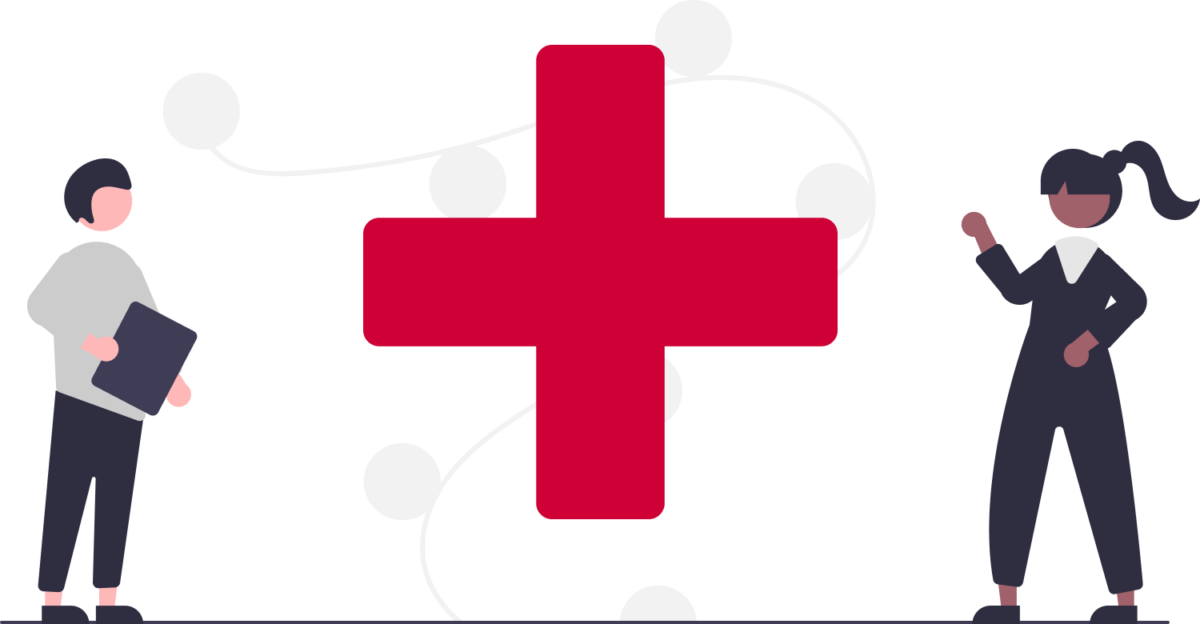What is first aid? Is it the act of stepping in to perform CPR, or does it include bandages and antiseptic? First aid misconceptions and oversimplifications are all too often the perceptions that first aid receives.
Knowing first aid and the skills needed to assist in an emergency is crucial to you, your staff, and the lives of your patients because the need for and application of first aid can vary greatly.
Read on for the answer to, “What is first aid?” as well as to learn the types of first aid that exist and why first aid is so important to know.
What Is First Aid?
As one of the definitive organizations on safety and health, the U.S. Department of Labor’s Occupational Safety and Health Administration (OSHA) refers to first aid as immediate medical attention that is performed on site after an injury.
As an accepted OSHA first aid certification training program, ProTrainings knows the importance of not underestimating the value of knowing first aid skills in day-to-day life. But knowing the answer to, “What is first aid?” is an important first step in assuring you find a program that covers crucial topics you’ll need to know for your preparedness.

We believe that all first aid training should include information on the following:
- Medical emergencies
- Universal precautions
- Choking
- Bleeding control
- Injuries
- Sudden illnesses
- Heat and cold emergencies
- Prevention
Now that we’ve answered, “What is first aid?” and addressed the most important topics a first aid training program should cover, let’s explore why it’s is so important.
The Importance of First Aid Skills
So, what is first aid, exactly, in the context of an emergency, and why is having first aid skills so important? Having first aid skills means having the ability to apply and identify the most valuable skill set in a variety of situations.
During medical emergencies, including heart attacks, strokes, and other emergencies like overdoses, for example, knowing the proper steps to implement when seconds count can be the keystone to increasing survival rates.
Choking is another — often-overlooked — risk in any environment because let’s be real, we eat everywhere: at home, in the workplace, and even on the go! Being aware of how to assist someone who’s choking is crucial — especially if you work with children or infants.
Bleeding control skills and knowing how to identify and treat the different types of bleeds can help save a life when it matters most. Further, knowing how to treat more serious injuries such as head, neck, or back injuries can ensure immediate essential care is provided to prevent further damage from being done.
Lastly, knowing how to manage the quick onset of sudden illnesses, such as seizures or fainting, or how to approach someone known to have a medical condition can help make that emergency feel much more manageable until first responders can help take over care.
Proactive Preparedness Practices
Whether preparing for an emergency or simply keeping up with required certifications, being able to answer, “What is first aid?” is just the first step. It’s important to look at both the big picture and other aspects for day-to-day preparedness, from general skills like proper hand washing techniques to more nuanced logistics like poison prevention and control.
Preparedness begins by making sure that you and your staff have access to high-quality training that covers the most crucial first aid topics and prepares your team for the emergencies in which they’ll have to apply their skills.
Contact us today today to learn more about how ProTrainings can help you make getting your staff CPR and first aid certified easier and more efficient.
